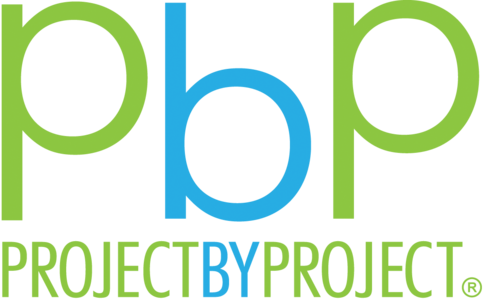Voter Suppression
What it is, and ways to prevent it
What is Voter Suppression? As we prepare to vote and exercise our civic duty in the coming months, we must be aware of a major roadblock that affects many in communities across the country: voter suppression. Voter suppression, as defined by Demand the Vote, is “any effort, either legal or illegal, by way of laws, administrative rules, and/or tactics that prevents eligible voters from registering to vote or voting.” Instances of voter suppression have affected many working class people and people of color, where accessibility can purposely be altered and made difficult.
What are some instances where voter suppression occurred?
There are many cases in which voter suppression has denied the right to vote to people of color. For a quick trip through recent history and into today, see below for some examples where voting was, and still is, a large challenge for minorities in the United States to overcome.
The 15th Amendment and continued disenfranchisement of Black Americans and people of color still affect voting today. It is commonly misinterpreted that, after the ratification of the 13th Amendment to the Constitution, Black Americans and minorities became entitled to proper freedoms. However, it wasn’t until 1870 when the 15th Amendment was finally adopted, which states for Black Americans and people of color to be granted full citizenship rights, including the right to vote.
The Women’s Suffrage Movement spurned the empowerment of women across the nation, whose voices were woefully underrepresented in society and laws throughout the early 1800s and 1900s. Women suffragists demonstrated in protests to be recognized as equal citizens, including the right to vote, for decades until the ratification of the 19th Amendment in 1920. However, even with the passing of this Amendment, women and especially women of color continue to experience unfair and discriminatory practices that are still prevalent in many facets of society today, further preventing participation in voting, lawmaking and more.
In a recent Steering Committee and Pilipino Workers Center joint meeting, the topic of voter suppression and its legacy arose in acknowledgement of the Chinese Exclusion Act. The Chinese Exclusion Act further aimed to alienate Chinese, Pacific Islanders and Asian people of color from immigrating to the United States, therefore barring thousands from becoming citizens, despite contributing to the expansion of nation-crossing railroads, construction of towns and cities and other community-building efforts. Even beyond 1943, when the act and similar laws discriminating against AAPIs were repealed, more hurdles became apparent as many struggled to understand their voting rights thereafter.
Throughout the 18th and 19th centuries, Black Americans and other people of color were actively disenfranchised from being able to effectively vote through sinister means of bogus methods. Illegitimate methods, such “literacy” tests implemented by state legislatures, odd polling hours and other obstacles, made the voting process as complex as possible for non-White citizens. The Voting Rights Act of 1965 had then been introduced as an effort to prevent voter suppression by banning discriminatory methods. Yet, even though methods such as these were and are supposed to be outlawed, nationwide enforcement of the Act remains weak. As a result, many communities of color still experience the lingering effects of voter suppression and discrimination into the present.
Various Voter ID Laws add another layer of complexity that have sustained voter suppression into modern day. Restrictive issues can be seen in eight states, where since 2011, state-specific laws limit voter registration to those who have a valid government-issued identification card. Though a driver’s license is not necessarily required, not everyone is able to obtain another form of identification, take time off to apply for one, or do not meet certain age requirements to be able to receive one.
The reduction of Early or Absentee Voting days and hours have also unfairly targeted those in the working and lower-income classes, where many cannot take time away from work to vote. What also results in this reduction are extremely congested lines of voters, who are essentially forced to physically wait long hours to cast their ballots.
Though it is by law that all election information, including voter registration and ballots, are to be offered in a variety of languages, many are still not provided or do not have access in other languages. People of color, especially those who do not speak English, have to go through extra resources to register and receive information in their available language; even then, some states do not easily provide necessary information to be mailed, further challenging minority communities with many left struggling to understand how to exercise their right to vote. If your state does not have voting information easily accessible for those who speak different languages, make sure to reach out to your state representatives and demand for this right!
What can you do to abolish voter suppression?
Make noise! Contact your state legislators and call them to action to provide adequate and accessible information for equitable voting.
Stay informed! Follow your state’s social media and website(s) to keep in touch with new developments and updates in regards to voting and community needs.
Speak up! If you can and speak other languages aside from English, you can help those in the community who will need translations and other language services.
Register to vote by mail, if you haven’t already! To stay safe and continue social distancing, make sure you are registered to receive a mail-in or absentee ballot.
Share and spread the word! Follow our Instagram for fast facts, information and resources that are available to learn more and prepare to vote.
Strengthen your numbers! Reach out by participating in the Pilipino Workers Center’s Filipino Voter Empowerment Project! As our beneficiary partner, we aim to work together with PWC on the FVEP to outreach and educate community members on their voting rights.


